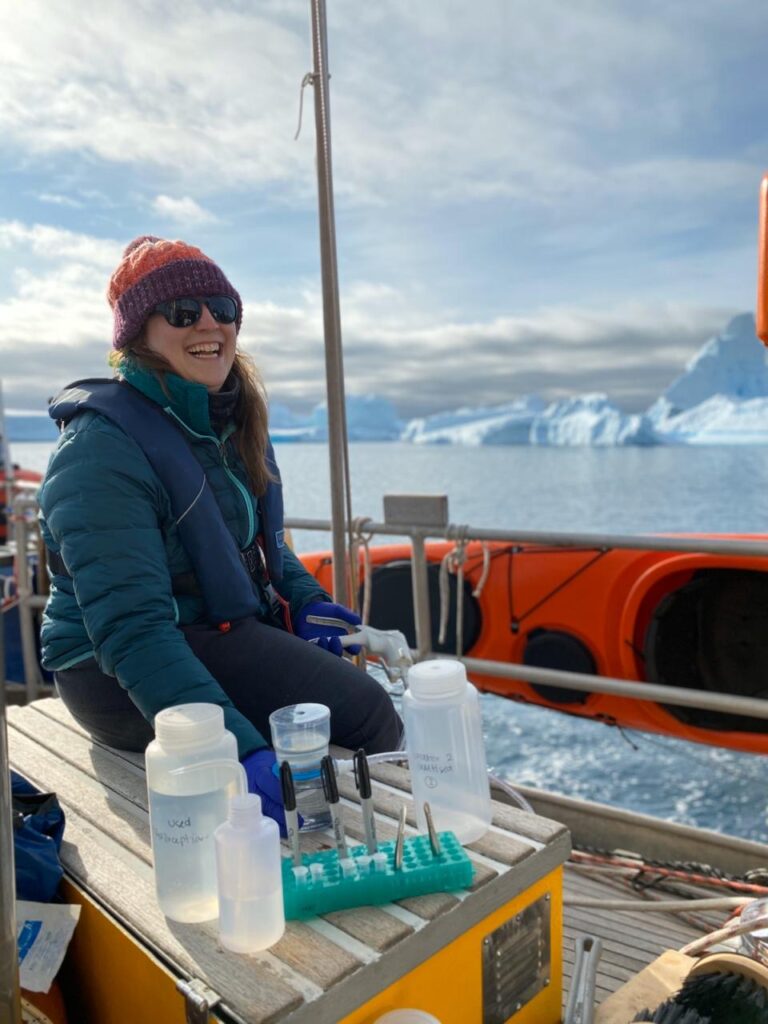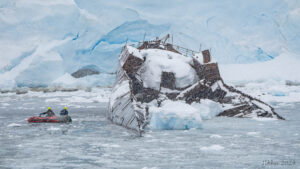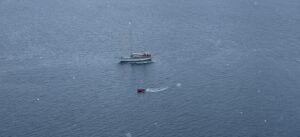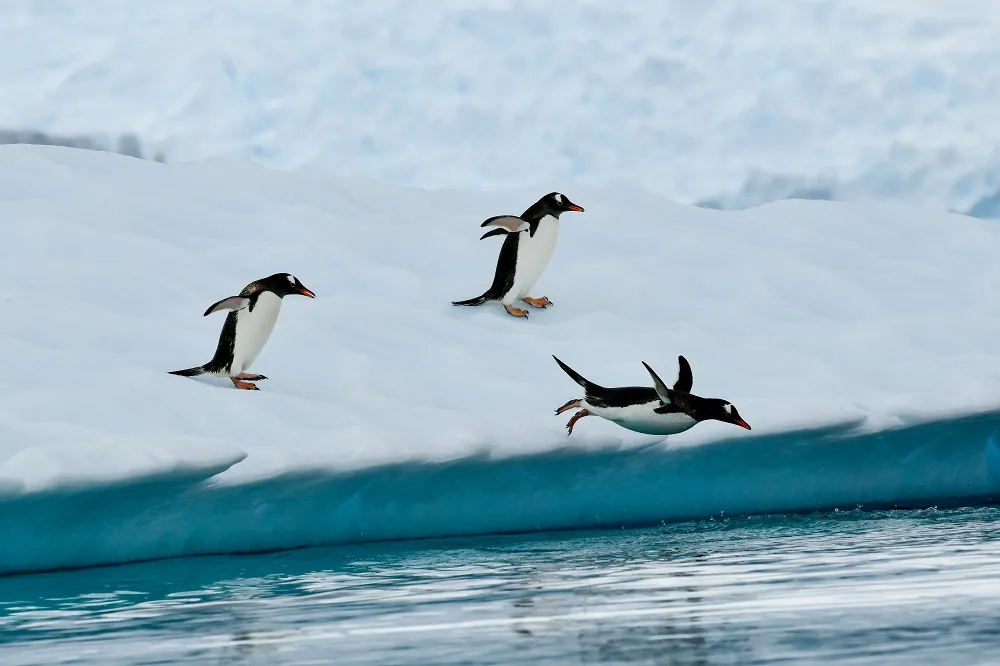Megan’s Microbial Antarctic Adventure
A great story not only of Antarctic Science, but also the circuitous and wonderful path of life
Hi there! My name is Dr. Megan May and I was the Guest Scientist on the Ocean Tramp trip from January 29 – February 10, 2020. This was an experience of a lifetime and one I had been dreaming about for years to better explore my scientific questions. I’m thankful to Quixote’s Guest Scientist program to allow me to explore Antarctica and take samples of sediment and water to continue my dissertation research.
For my PhD at Massachusetts Institute of Technology and Woods Hole Oceanographic Institution, I studied antibiotic resistant bacteria in the ocean and what that means for human and environmental health. Antibiotic resistant bacteria (bacteria that aren’t affected by antibiotics) are natural and have existed in the world before humans ever figured out how to use antibiotics for our own purposes. However, human use of antibiotics has increased antibiotic resistant bacteria. But, it is hard to determine what the “natural” background of resistance is in a world where human reached has touched almost everywhere.
For my dissertation, I looked at antibiotic resistant bacteria on Cape Cod, Massachusetts beaches, polluted sites around Massachusetts, and DNA sequencing data from throughout the world’s oceans. For the six years during my dissertation, I thought often about how incredible it would be to get samples from more pristine/ less human impacted areas to better explore and understand the impact of anthropogenic use of antibiotics.
After finishing my dissertation in December 2018, I moved to Washington DC and started working in a policy fellowship. While there, at a happy hour, my friend Katie brought up the topics of hopes and dreams and encouraged us to share our dreams, no matter how unrealistic. I said that I wanted to go to Antarctica to collect samples, but quickly followed up how unrealistic this was and that it would never happen. A few weeks later, my friend Annie forwarded me the Quixote Expedition Guest Scientist application with these lines –
Megan! You were the person who had the dream the other happy hour of going to the Arctic / Antarctic right? I can’t remember if you were arctic or antarctic, but this opportunity came through a Listserv and i thought of you! 🙂
With that encouragement, I decided to apply. I doubted an environmental microbiologist would be chosen for this opportunity when surely scientists studying penguins, birds, whales, or seals would be flocking to apply. Using the old adage from my Mom, “if you don’t apply, the answer is already no”, I sent in my application and to my surprise, was accepted! I was beyond excited and spent the next months preparing for the trip, gathering the necessary science and expedition gear, applying for permits, and planning for being away from my fellowship.
Fast forward to January 2020
In 12 days, we collected 60 sediment samples from 20 sites and 33 water samples from 11 sites from around the Antarctic Peninsula region. The photo below shows our travel track from our trip!

I had planned low technology collection methods with supplies that were lightweight, could be easily transported down to Antarctica, and didn’t require electricity to use. This is fairly different from working in a laboratory on land where you can easily buy something you might need or borrow from a colleague.
The picture shows all my supplies to take to Antarctica in my Airbnb a day or two before the trip! The special drawing is from my 5 year old friend Sydney showing me with a penguin!
On the trip, I took samples where I could. This involved taking sediment samples from underneath the water using waterproof gloves and grabbing water samples in bottles that then were filtered on board.
The video shows a time lapse of me taking samples. It also shows some Antarctic guest stars, penguins!
The water filtering on board took some time (about 1 hour per sample to hand filter). Luckily, I had some help on board from guests and crew alike!

Back to the Northern Hemisphere!
Now that I (and my sediment and water samples) are back in the Northern Hemisphere, I want to share what the next steps are. Both the sediment samples and water filters are stored in cold freezers until a later date when I, likely along with students and colleagues, will extract the DNA from these samples. Then, I will send the DNA to a sequencing facility where they will sequence all the DNA in the samples. The data then gets sent back to me to analyze. Once I have the sequencing data, I can use a computer programs to look through the incredibly large amount of data to look at what antibiotic resistant genes are present in each sample. I can compare what genes are present in what samples from my Antarctica samples as well as samples from my dissertation to better understand the “natural” level of antibiotic resistance in the environment.
Right now, I’m working on applying and finding funding to extract the DNA in my samples and send them off for sequencing. The changes that coronavirus is causing in our world will likely make this process last longer than originally anticipated since science supplies used for DNA extraction and sequencing are being used for COVID19.
I’m excited to see what information is hiding in these samples, waiting to be discovered!










